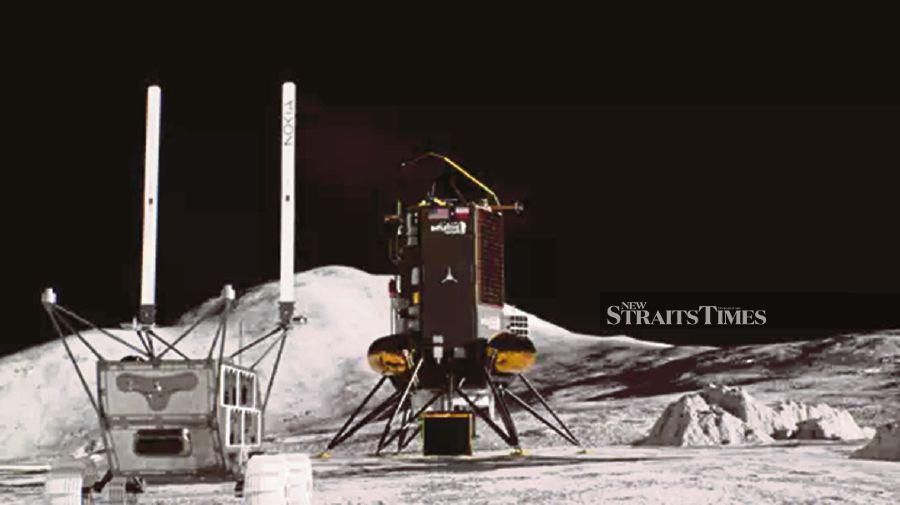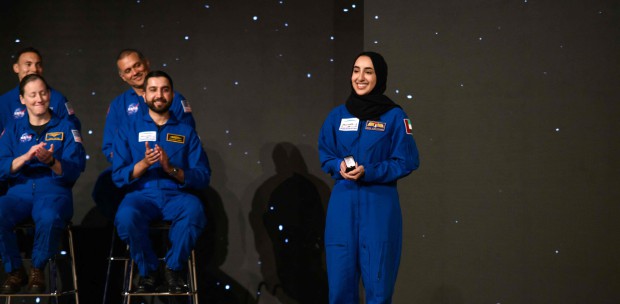NOKIA Bell Labs is deploying the first cellular network on the Moon. It has developed a low-
powered, compact and space-hardened version of its 4G/LTE network, specifically to survive the journey to the Moon and operate under the extreme temperature, radiation and environmental conditions of the lunar surface.
Nokia, as part of the National Aeronautics and Space Administration's Tipping Point initiative, is at the heart of the research to provide reliable, high-capacity and efficient connectivity needed for future missions to the Moon and other planets.
Why Nokia going to the Moon
Nokia wants to prove that cellular technologies can provide the reliable, high-capacity and efficient connectivity needed for future crewed and uncrewed missions to the Moon and other planets.
For any sustained human presence on the Moon and on Mars in the future, connectivity and communications are critical.
Astronauts will need the same advanced capabilities in space that we have on Earth to support their missions and live their lives.
They will need access to voice, video and data communications capabilities as well as telemetry and biometric data. To perform their mission tasks, they will need to tap into vast sensor grids, deploy scientific payloads and experiments, and remotely operate robots and other machinery.
All these scenarios and applications will require robust network connectivity.
"Humanity has always been fascinated by space, and that interest has only intensified in the 21st century.
"We are sending more humans and more machines into space to explore, study and even pursue new business ventures.
"Wherever these humans and machines go in the solar system, they will need communications. Nokia is prepared to make that journey with them," said Bell Labs Solutions Research president at Nokia, Thierry Klein.
The lunar 4G/LTE system
The lunar 4G/LTE system will have two primary components. The first is the base station unit, which will be integrated directly into Intuitive Machines' spacecraft, the Nova-C lander, and act as the cell site for the Moon network.
The second component will be the radio equipment installed on two lunar vehicles: Lunar Outpost's Mobile Autonomous Prospecting Platform (MAPP) rover and Intuitive Machines' Micro-Nova hopper.
Together these radio components will form a network that will allow the vehicles and lander to communicate with one another. A powerful direct-to-Earth radio connection from the lander will provide a link home, over which mission controllers will receive data and images and remotely operate the vehicles over the cellular network.
Nokia Bell Labs said it wants to meet the critical communications needs of space exploration for near-term and long-term missions. "We feel the best way to do this isn't by inventing an entirely new communications platform for planetary exploration. Rather, we should take advantage of the same technologies that connect billions of phones and devices here on Earth," said the company.
"Connectivity will play a major role in the lunar or Martian internet in the future. These networks will connect personal devices used by astronauts, like tablets, laptops and wearables. One day astronauts may even be able to take their smartphones to space, using them in a Moon or Mars habitat the same way they would use them on Earth," it said.





